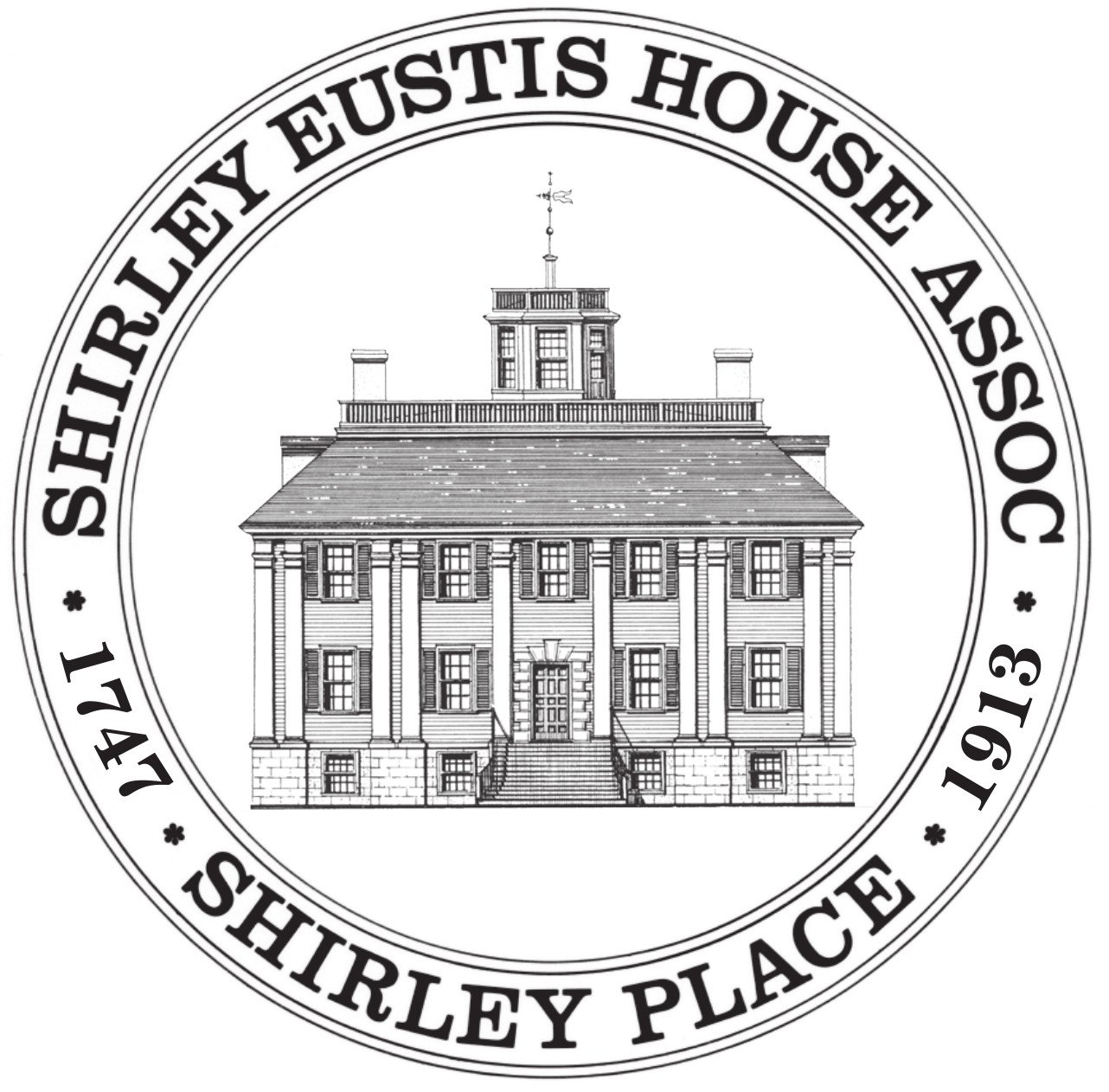by Suzy Buchanan
The hibiscus bushes at Shirley Place bore up surprisingly well in the heat and drought of summer 2020. As late as mid-September you could hear the buzzing of the honeybees, carpenter bees and tiny native bees buzzing about the bushes even before you’d see them. Up close you’d find a veritable cloud of the little creatures dive-bombing the deep pink centers of the flowers. It’s a reminder that pollinators are at work all summer, not just in spring.
Hibiscus is an odd duck in the world of gardening: its delicate, tissue-like blossoms emerge on a bush that is as ungainly and squat as a sack of flour, with leaves growing directly out of the branches like hairs sprouting from spindly legs. But unlike the cultivated English roses in Madam Eustis’s garden, the Rose of Sharon, as the hibiscus is also known, is a hardy, willing shrub that doesn’t require a lot of tender nurturing to give its best performance. It tolerates drought and poor soil and doesn’t mind heavy pruning to make it shapelier. In fact, in China’s Hubei province, where hibiscus is native, farmers used to create fences out of densely planted rows of hibiscus. Their square pruning technique encouraged blossoms. It caught on somewhat in Britain when the plant arrived there in the 1600s, but never seems to have taken hold in the United States. That’s a curious fact given that Americans ditched the official Latin term for the bush, Hibiscus Syriacus in favor of the more descriptive Althea Frutex, which translates as “useful flower” or “useful shrub.” What could be more useful to a farmer than a fence? On the other hand, with stones aplenty in the New England landscape, the fence problem had a ready solution.
The square pruned hibiscus makes an attractive and dense hedge.
Americans focused instead on the hibiscus’ ability to dye fabrics a luxurious purple, and for its usefulness as a medicine. The plant’s many curative qualities were reported on by English physician Frederic Porter in his 1871 botany manual for Christian missionaries working in China. He noted that the dried leaves were a useful astringent and diuretic, while the bark, seeds and root could be used to treat dysentery and eczema. This was useful knowledge in a world where modern medicines couldn’t be dropped in by helicopter.
As with every species in our gardens here at Shirley Place, we ponder whether Madam Eustis cultivated hibiscus herself. Maybe althea frutex was too workaday a species for the lofty pursuits of the burgeoning world of scientific horticulture that she was so avidly involved with. A trip to the Massachusetts Horticultural Society’s archives, when they reopen, may answer some of these questions. In the meantime, we’ll keep exploring the gardens, their plants and their history for the multitude of other insights they offer. For example, like so many other more humble and hardy garden staples, hibiscus is today enjoying a resurgence in popularity among gardeners and food foragers. You can enjoy them candied or boiled in tea, and the young leaves are good in salads. The flowers can also be eaten right off the bush. I tried one. The taste is mild and surprisingly sweet. No wonder the bees were all over it. Having been stung before though, I’ll wait until they’re done before I go in for seconds. And maybe we’re due for a post on pollinators without whom we could not write about hibiscus.
Our thanks to Master Gardener Mary Lou O’Connor, who has kept the heirloom garden at Shirley Place civilized this summer iand taught us more than we ever thought one could know about pollinators.


